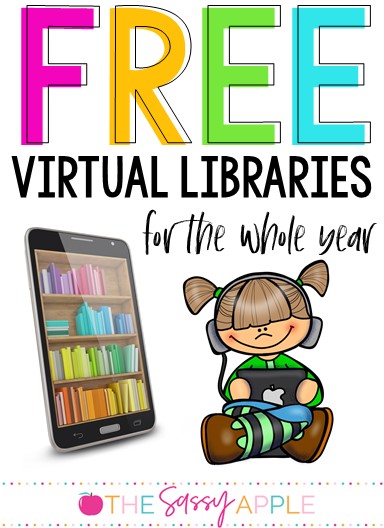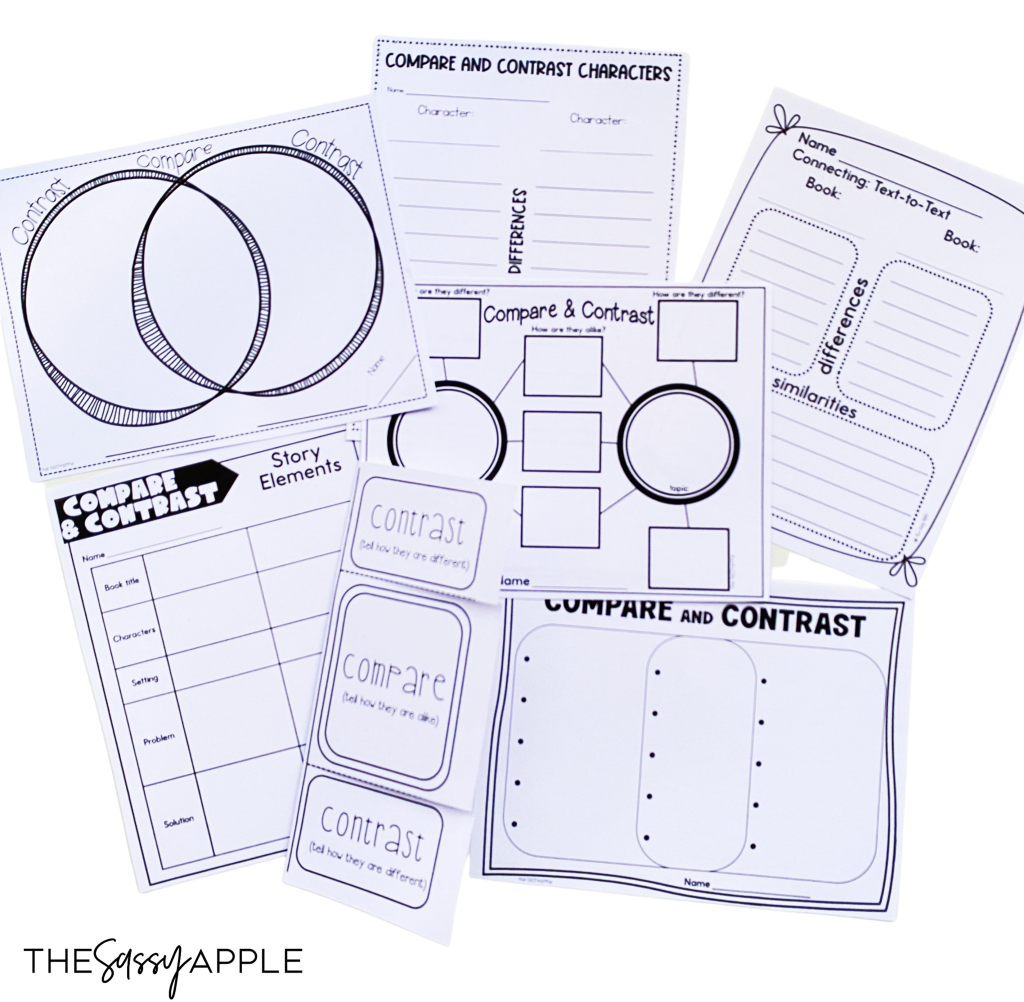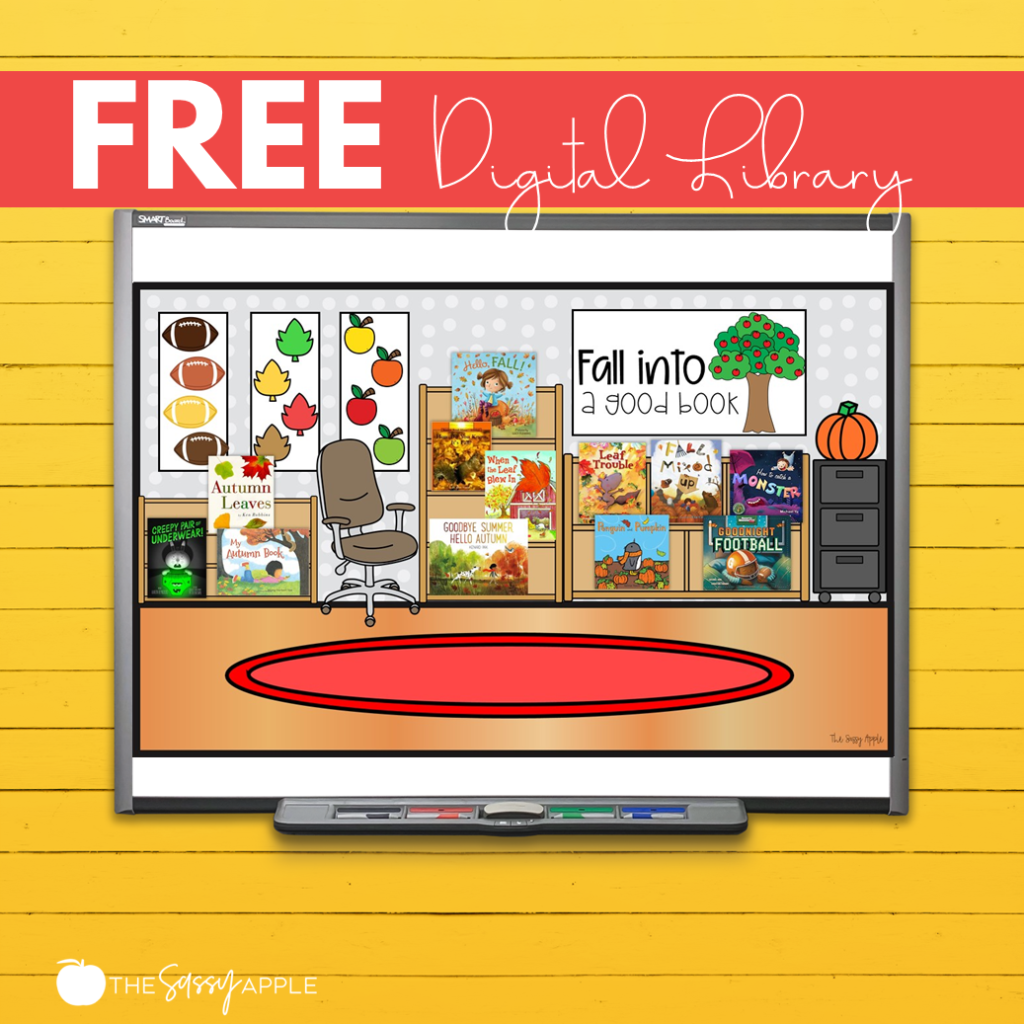Digital libraries had their big moment during online learning — but they’re still one of the easiest, most engaging tools for teachers. With just a click, students can explore new stories, listen to rich language, and fall in love with reading all over again.
Whether you teach in-person or use digital tools during centers, digital libraries make it simple to keep read-alouds fresh and accessible. Here are some creative ways to use them for reading motivation and classroom engagement — no complicated tech required!
1. Daily Read-Aloud Routine
Project one story each morning or during snack time. Listening together builds classroom community and gives you a natural way to model fluency and expression. Afterward, ask a simple discussion question or invite students to share a favorite part.
2. Independent Listening Center
Digital libraries make the perfect low-prep literacy center. Add a response sheet or digital journal for students to jot notes, summarize, or illustrate their favorite part. It’s quiet, meaningful, and easy to manage.

3. Book of the Week Voting
Let students preview the month’s virtual library and vote for a “Book of the Week.” Giving them a choice increases buy-in and makes your daily read-aloud something they look forward to.
4. Compare & Contrast Mini-Lessons
Choose two stories with a similar theme or topic. Listen to both, then use a simple graphic organizer to compare characters, settings, or lessons learned. It’s a ready-made comprehension mini-lesson — no extra planning needed.

These Compare & Contrast Graphic Organizers make it easy to adapt Digital Libraries into a full-on comprehension lesson!
5. Writing & Drawing Extensions
Follow a story with a directed drawing, a character trait writing prompt, or a creative extension like “What would happen next?” These activities reinforce comprehension while letting students connect personally with the text.
6. Author Exploration
Follow a story with a directed drawing, a character trait writing prompt, or a creative extension like “What would happen next?” These activities reinforce comprehension while letting students connect personally with the text.
7. Skill Connection
Use digital libraries to support your current comprehension or phonics focus.
For example:
- Somebody Loves You, Mr. Hatch → character traits
- The Day You Begin → making connections
- Enemy Pie → story structure
These books make abstract skills concrete and memorable.
Grab this freebie to go with “The Hallow-Wiener”.

8. Early Finisher Activity
Add your virtual library link to your early finisher choices or calm-down corner. It gives students a purposeful way to reset — quiet, calming, and still literacy-focused.
9. Family Reading Connection
Share your monthly digital library in your classroom newsletter or Google Classroom. Families can enjoy stories together at home and build stronger reading habits.
10. Friday “FREE” Listen
Wrap up the week with a “Free Listen Friday.” Let students choose any story from the library and simply enjoy. No worksheet, no quiz — just the joy of listening to a good story.

🎁 Grab Your Free Digital Libraries!
Want instant access to my monthly virtual libraries? You’ll get a collection of curated read-alouds for every season — all linked, organized, and ready to share with your students or families.


